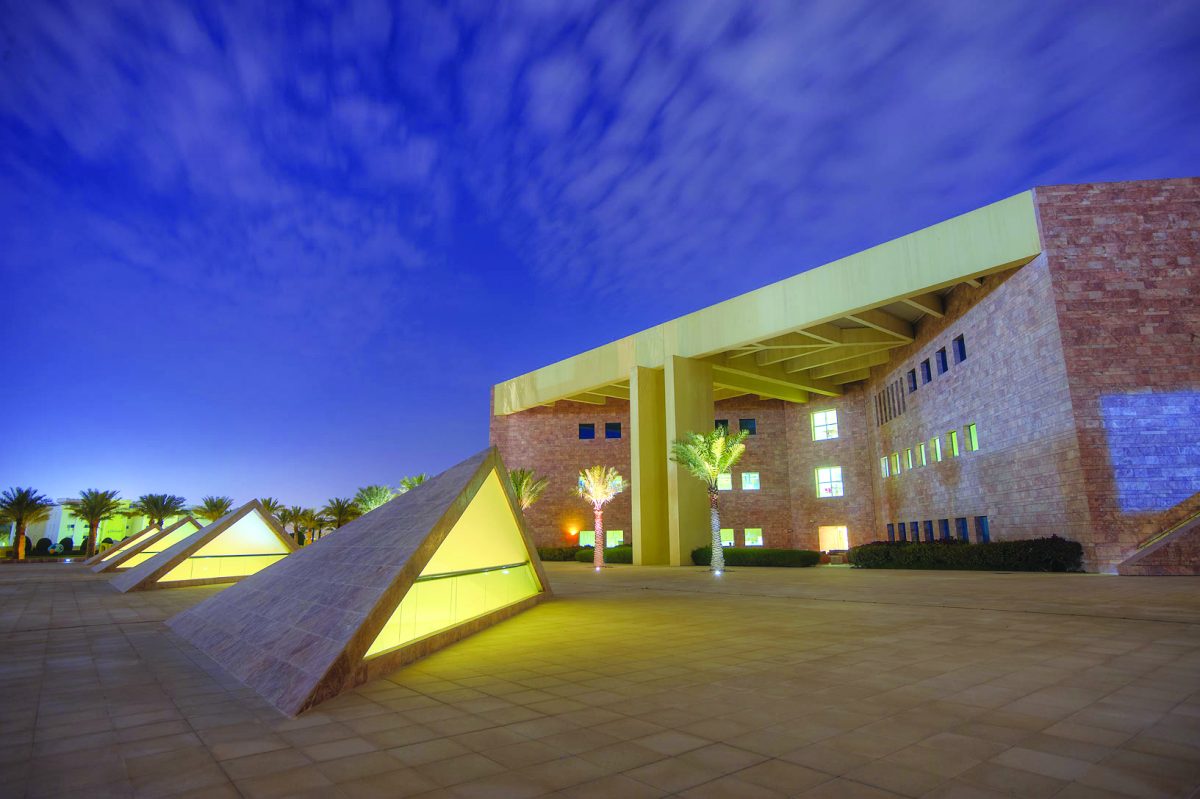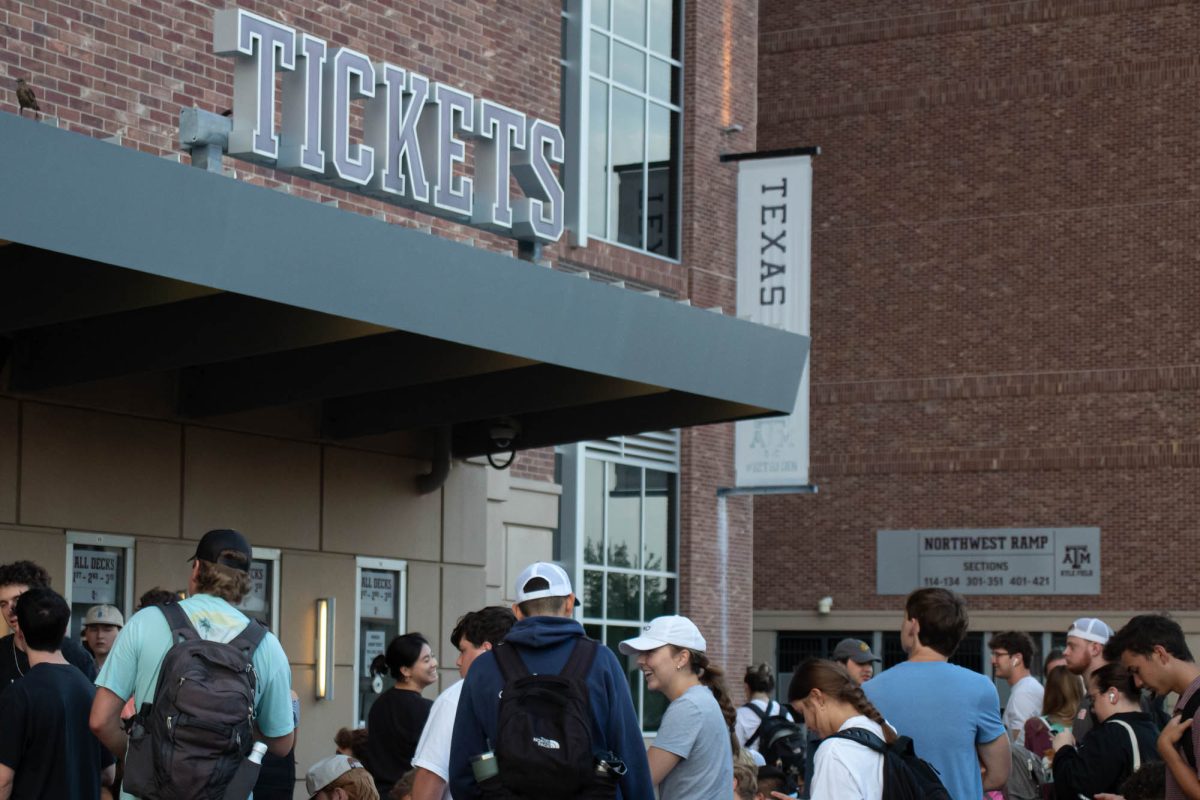Starting this May, Texas A&M will begin to wean students and faculty off the Zimbra email server in favor of Gmail accounts.
Keith Pattison, student representative for the Email Selection Advisory Committee and senior computer science major, said the transition to Gmail would be an improvement from the current
Zimbra server.
“The email we currently use is very complicated and a clunky interface and basically straight out of 1990,” Pattison said. “Students are used to using cloud-based web products like Facebook and used to things being simple to use and not really hard to send an email like it is on the current interface. I know some students forward their email to Gmail anyway.”
Tyler Mandry, senior computer science and applied mathematics major, first brought the proposal to switch to Google email in March 2013 when he served as academic affairs chair for Student Senate. The “Go Google” bill he wrote requested that the University consider switching from the neo server
to Google.
“I am an avid Gmail user, and the first thing I did when I signed up for an email account as a freshman was forward everything to my gmail account,” Mandry said. “I just couldn’t stand the interface the University was providing. When I heard Google was offering the service for free to universities, I couldn’t believe we weren’t already using it.”
Mandry said he was initially met by criticism when he first developed the idea for the Google bill, but found a way to take the negative and turn it into a positive.
“I talked with the vice provost for IT before writing the bill, and all I got were reasons why it was difficult or wouldn’t provide that much benefit,” Mandry said. “Many departments like that in the University are so out of touch with students that they can’t see beyond their own problems. This isn’t a problem unique to A&M, either. I took the reasons we couldn’t and made them into reasons we can. I think this bill shows that any student who cares about an issue and is willing to do the research and the work to show that they’re right about something can create change.”
After the bill was passed, Pierce Cantrell, vice president and associate provost, said the Office of the Provost developed the Email Selection Advisory Committee to begin looking into the email server issue.
“The Email Selection Advisory Committee was charged by Provost Karan Watson with reviewing options for migrating to a cloud-based email system and the committee recommended Google Apps for Education for students,” Cantrell said. “The committee was comprised of undergraduate students, graduate students, faculty and staff.”
Cantrell said the advisory committee did take the Google bill into consideration, but also had its own goals for finding a more efficient server.
“The Student Senate bill was certainly a factor, but cloud-based services can reduce IT costs and help us meet growing demand more efficiently,” Cantrell said. “Among our Vision 2020 peer institutions, 75 percent outsource student email to cloud-based services.”
Pattison said the University spends $1.5 million on email servers for students to each have one gigabyte of storage. Switching to the cloud-based gmail server will bring the cost down to about $100,000 for 30 gigabytes. An added benefit is that students will not have to change their current email addresses to use the new system.
“People think they are going to have to change their email to a gmail account. You don’t have to do that,” Pattison said. “You keep your @tamu.edu, but it’s just when you log in through Howdy it’ll be a gmail interface instead of
Zimbra interface.”
Mandry said perceived drawbacks of the transition are not serious concerns.
“Some people may have concerns over the privacy of their data,” Mandry said. “This is a moot point, however, because all student emails are available to anyone via a Freedom of Information Act request. Additionally, I know that Google really does keep users’ privacy as one of their top concerns.”
Mandry said the committee has not completed its task yet because the process of moving the server is not completed.
“Once [the committee was] sure of Google, they contacted Google directly to arrange to set up Google Apps for Education,” Mandry said. “There were, and still are, a number of technical tasks to be done to make the switch happen, but many universities have gone through the same process and it is not overly difficult, just something that must be
done carefully.”
Google Apps for Education worked with the University to offer the new email service for free. Pattison said the new email will be free for students, but the University will still be paying for faculty. Cantrell said faculty members would be offered the choice to switch their accounts to the gmail server once the transition takes place.
“Existing faculty and staff email services will be consolidated to a single, on-premise-hosted Microsoft Exchange 2013 service,” Cantrell said. “Faculty will be able to request a Google Apps account for collaboration with students and colleagues in addition to receiving an Exchange account. Deans and vice presidents have the option to select Google Apps for their units or delegate this decision to the department level. If a unit moves to Google Apps, they will not receive Exchange accounts.”
Current students will be able to switch servers in late May, and all students will be transferred to the new server by the fall. The Neo account through Zimbra will be shut down by the end of 2014.
Get ready for Google
February 13, 2014
0
Donate to The Battalion
Your donation will support the student journalists of Texas A&M University - College Station. Your contribution will allow us to purchase equipment and cover our annual website hosting costs.
More to Discover








